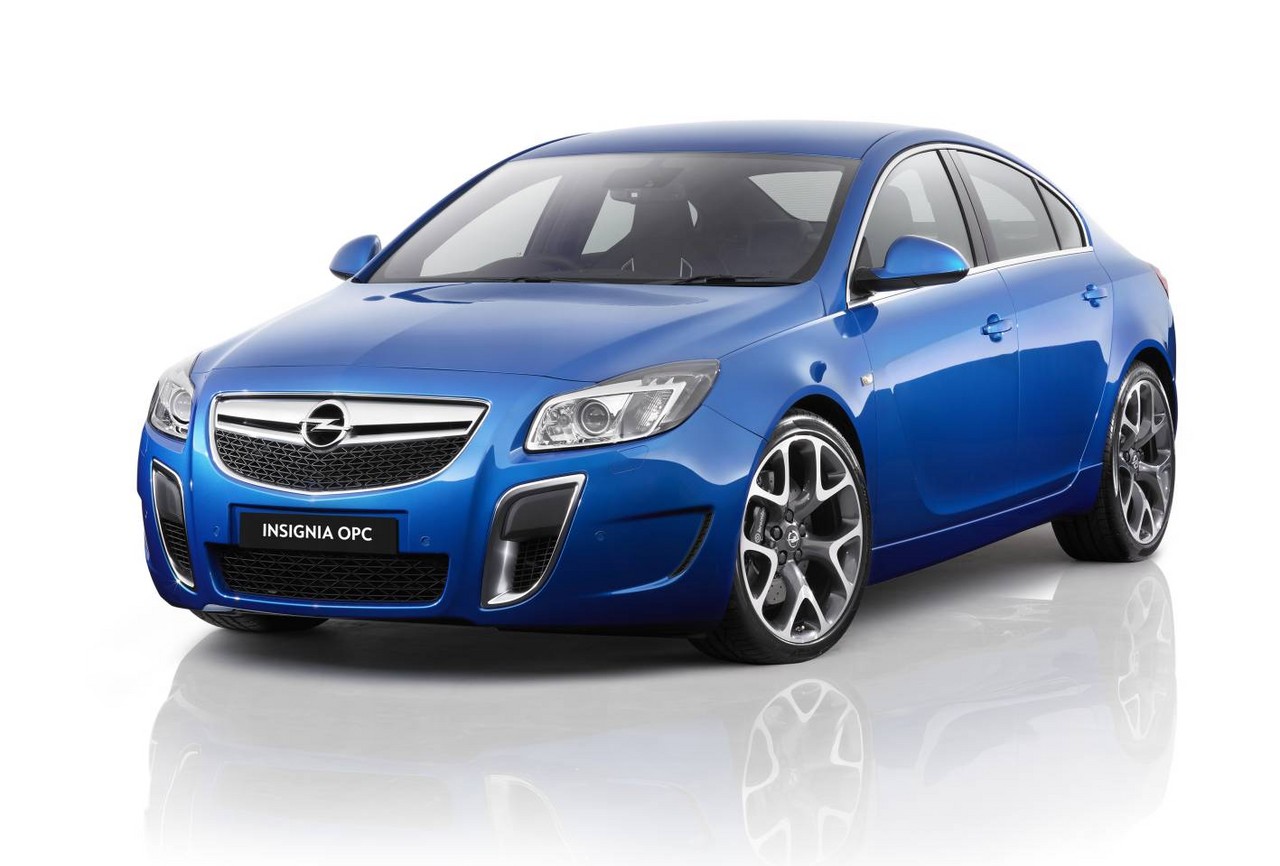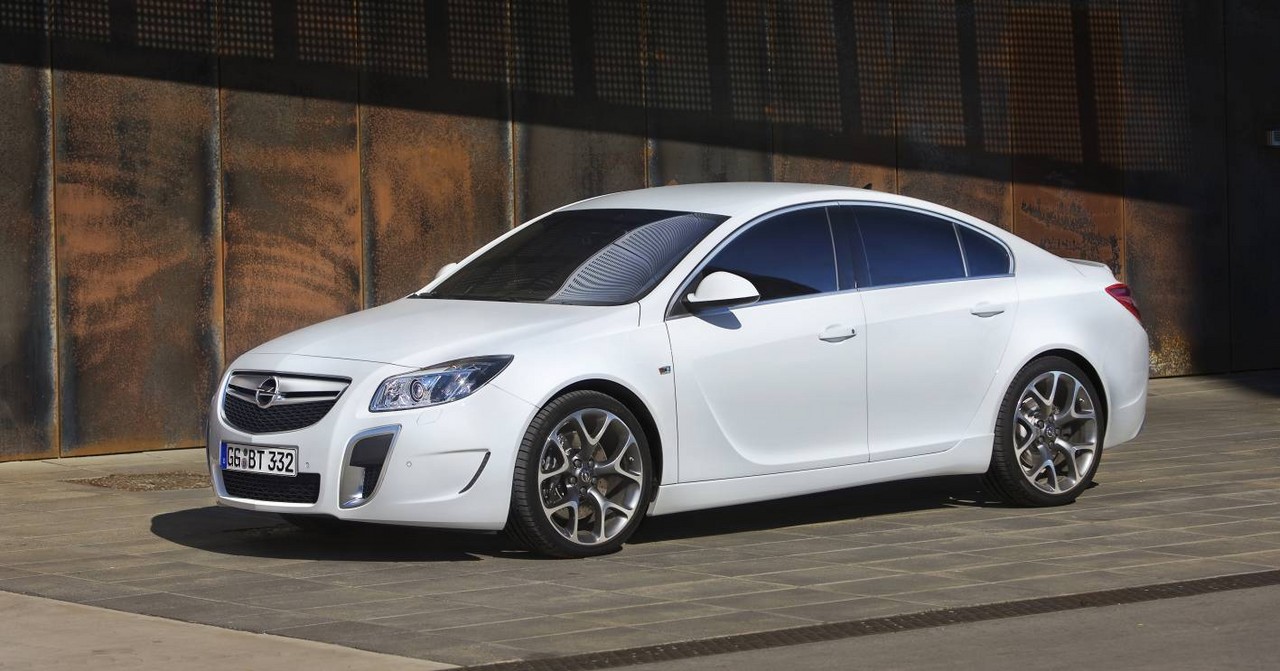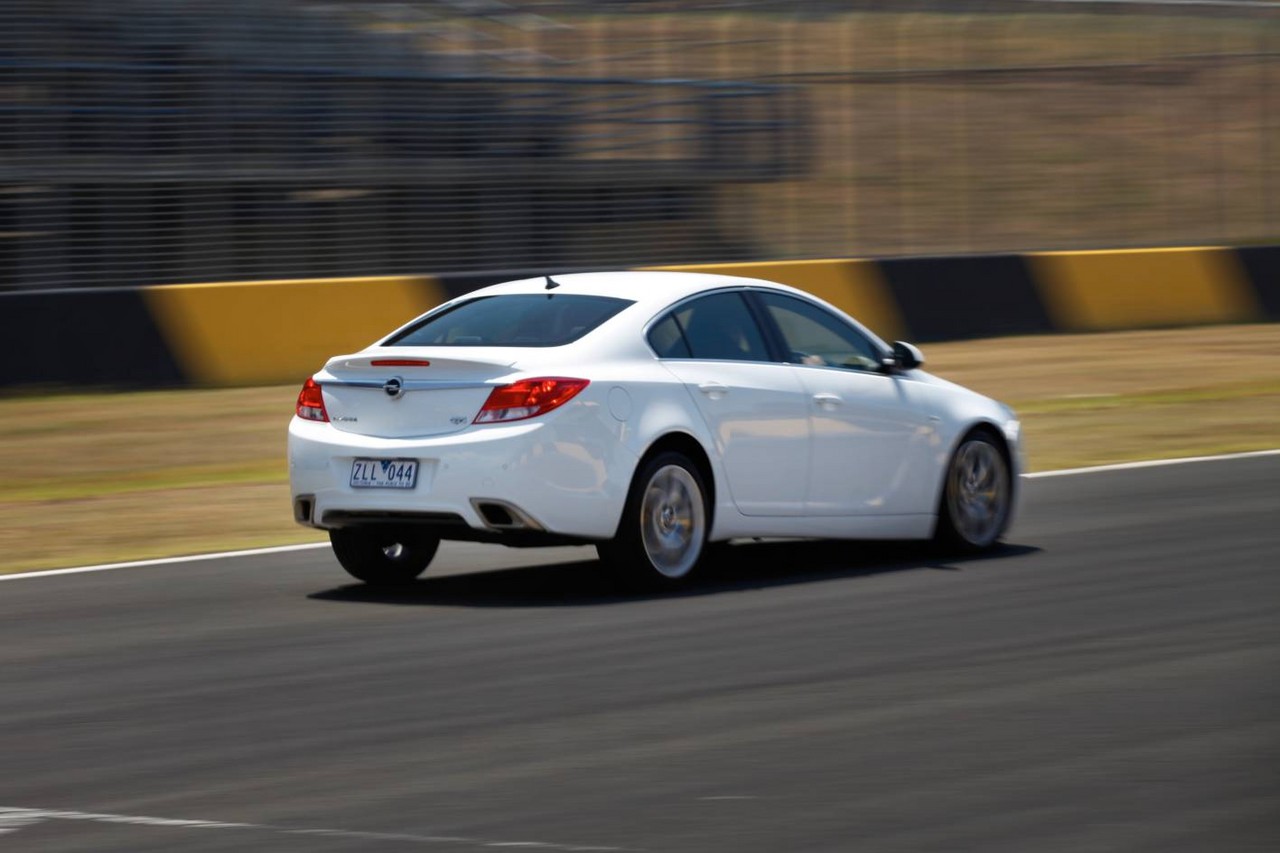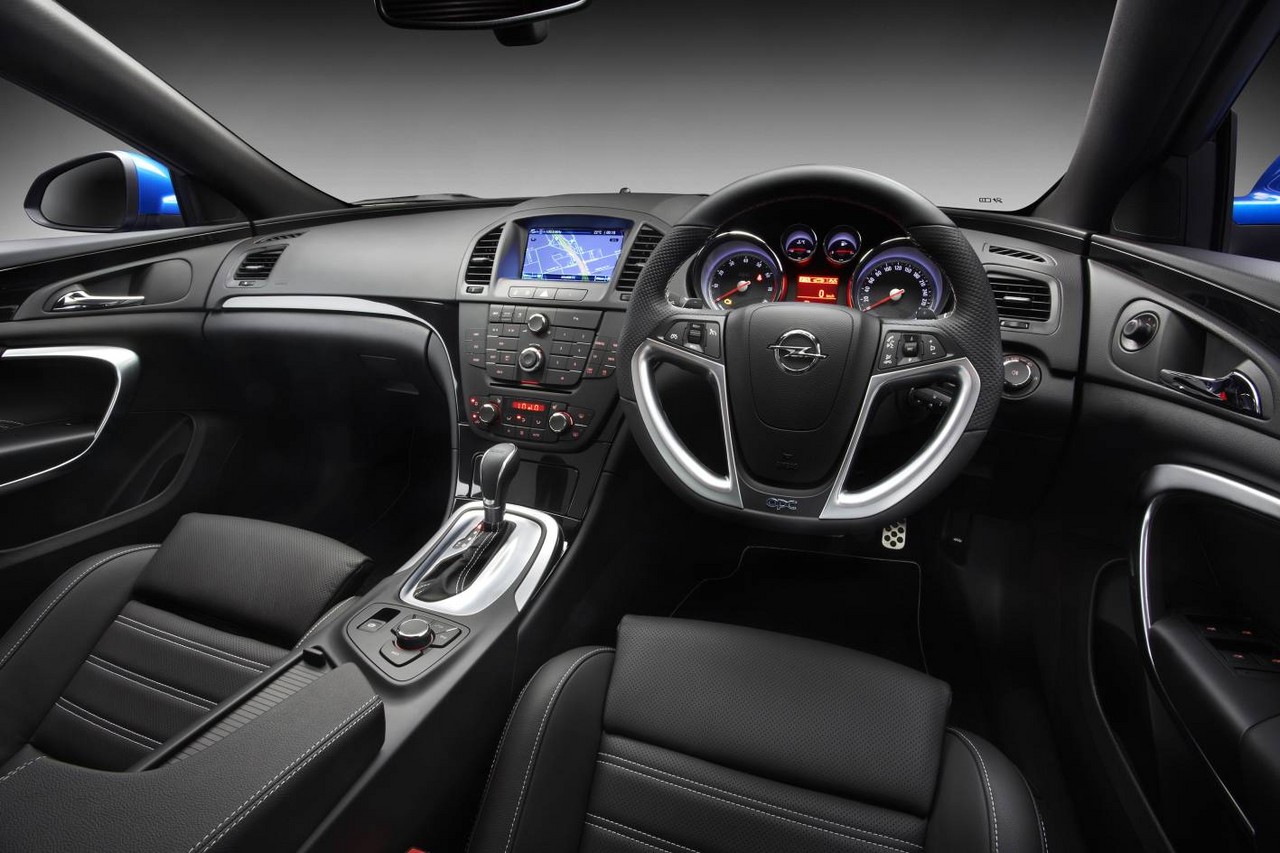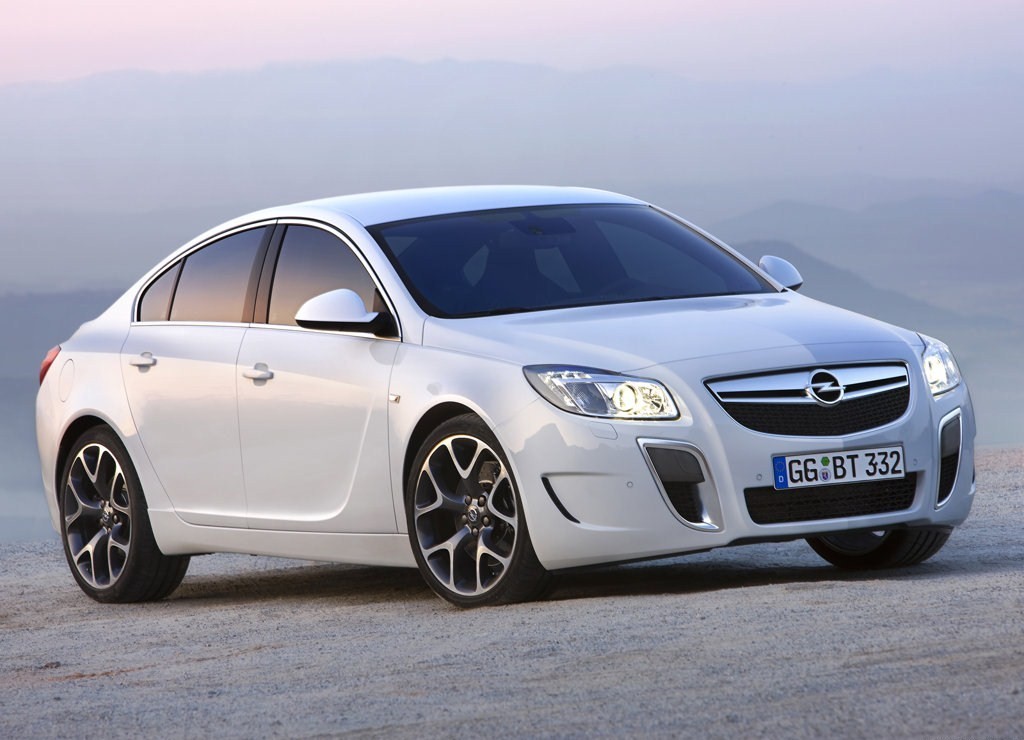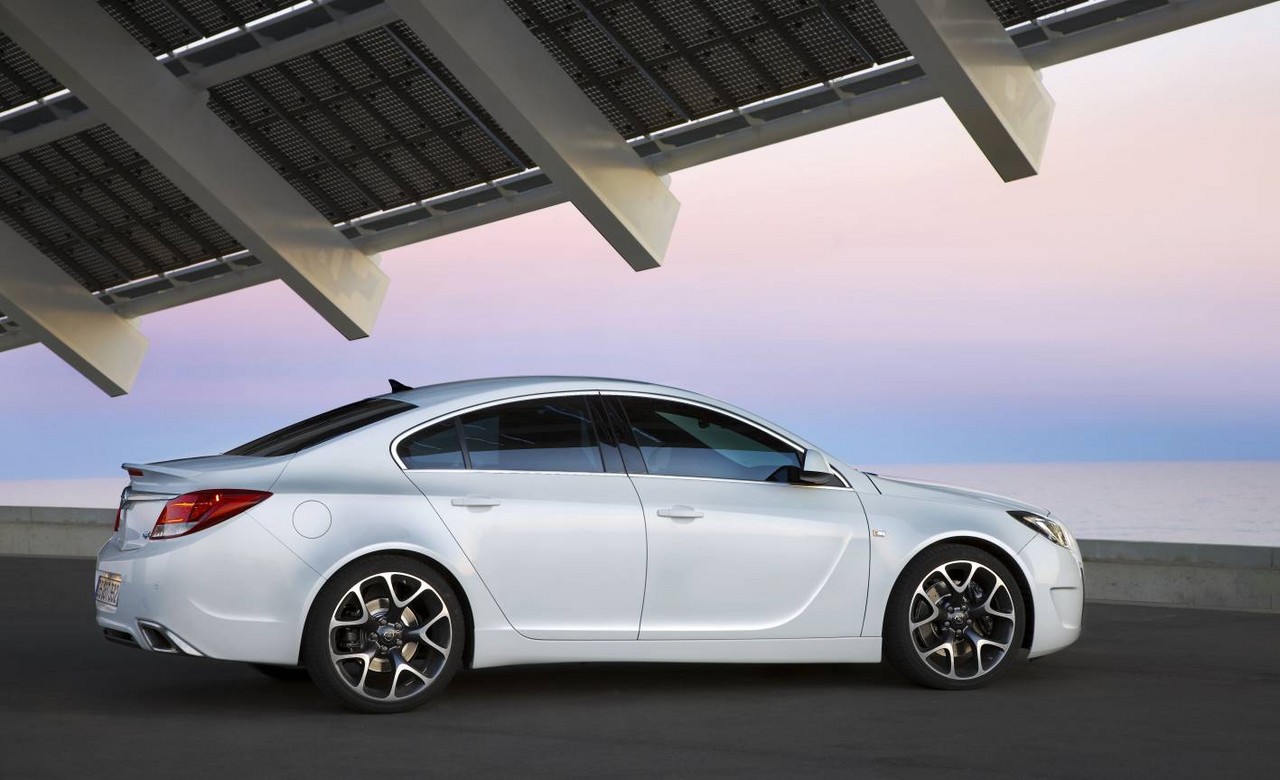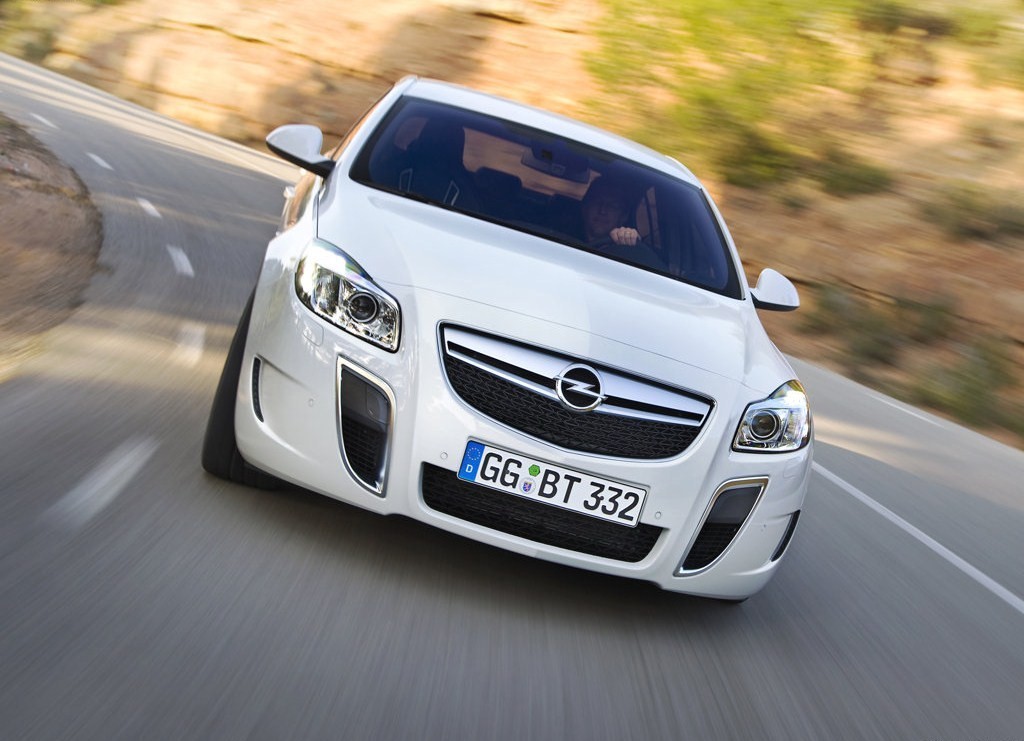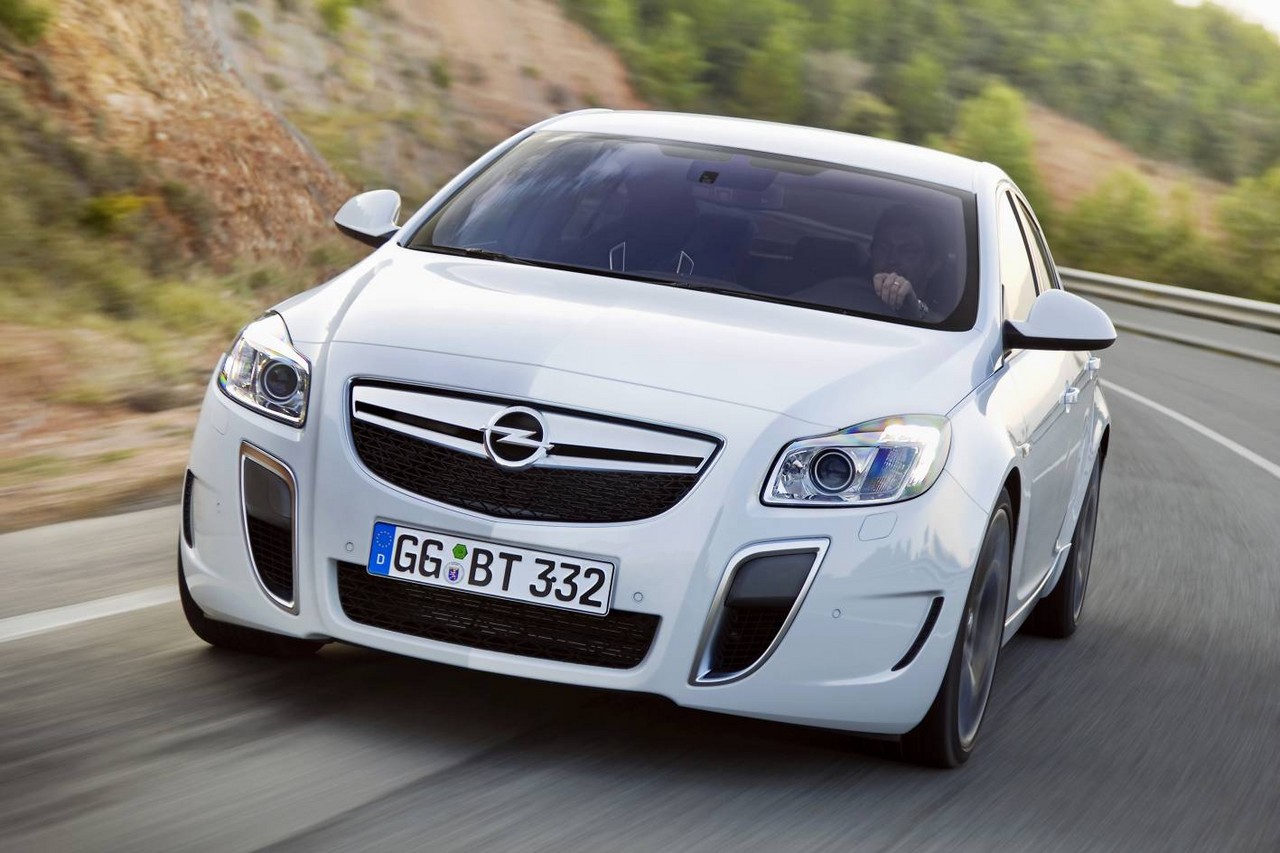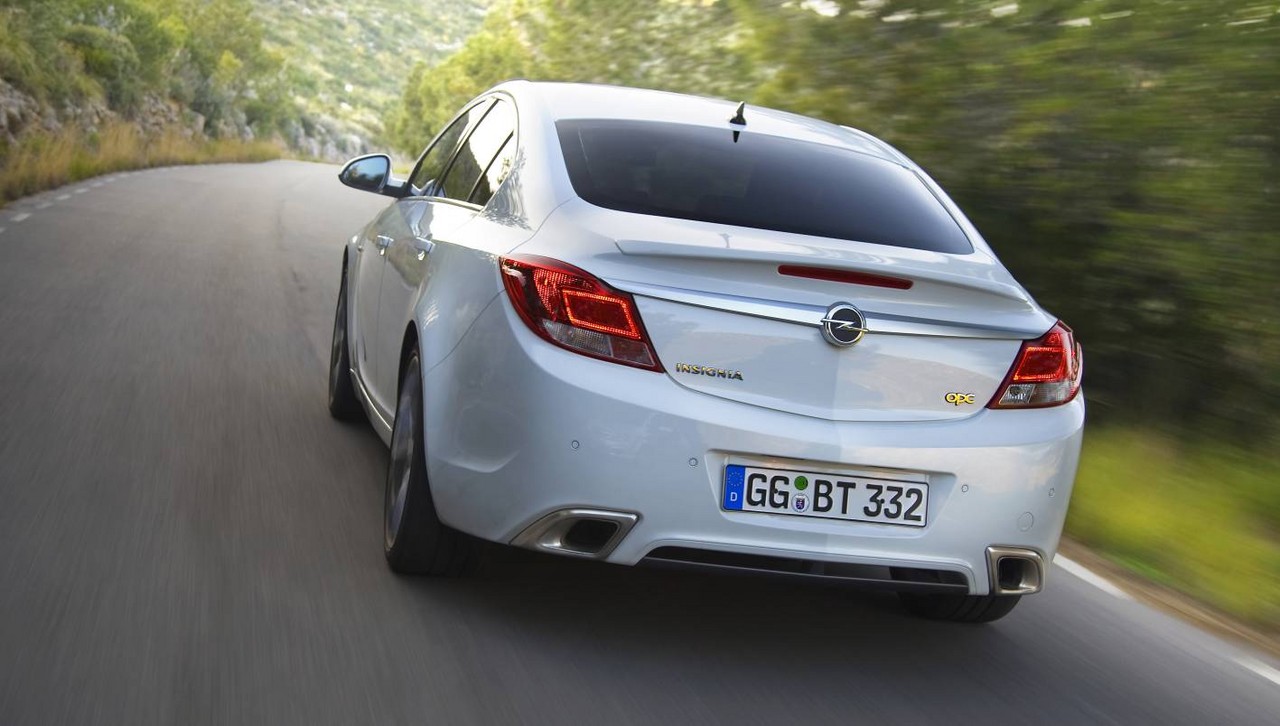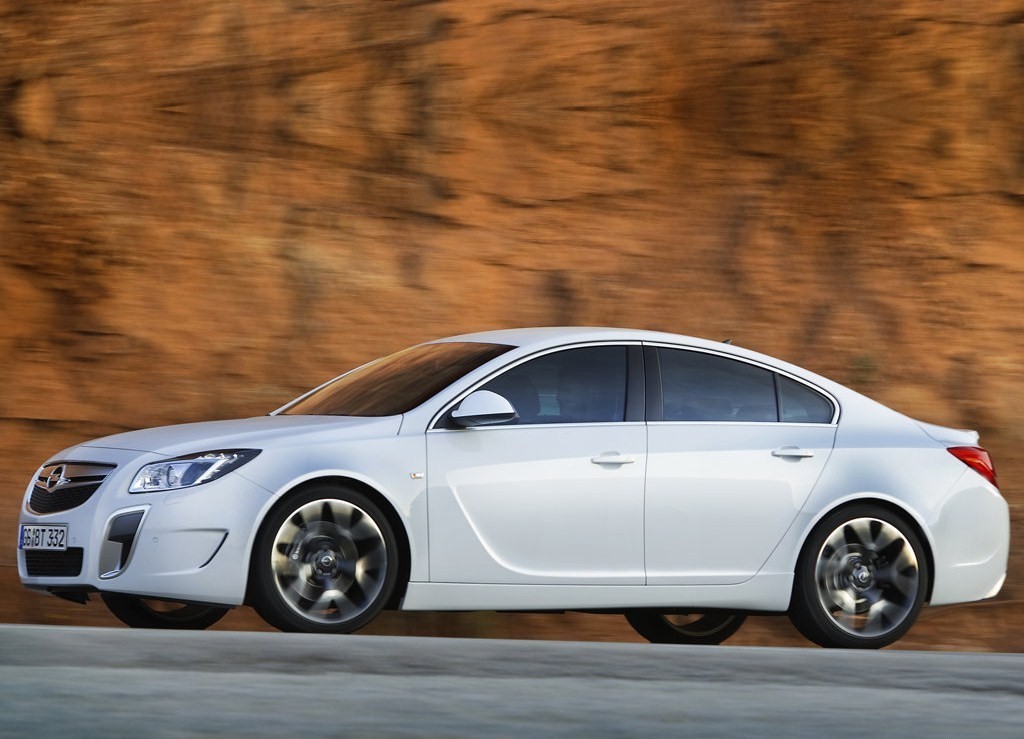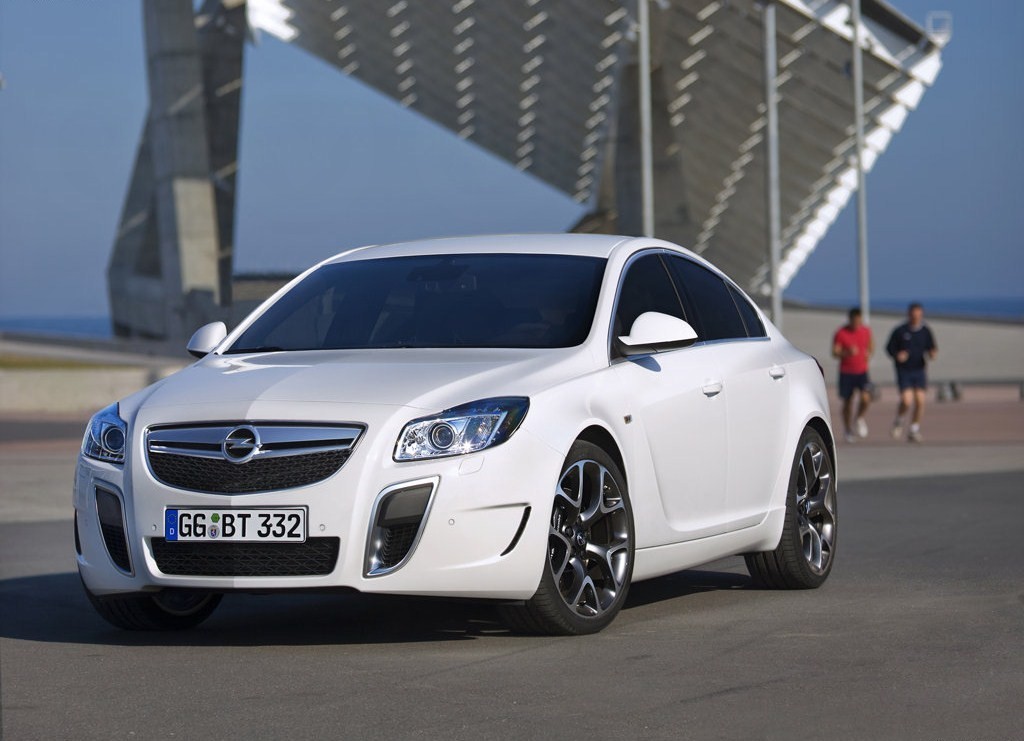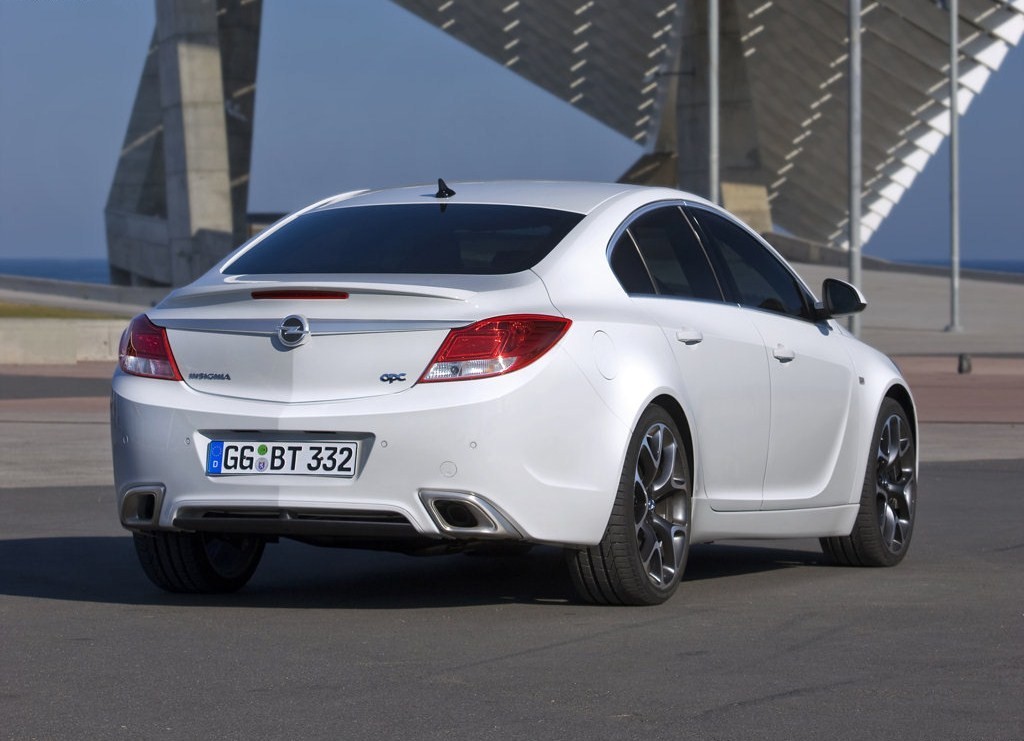
- 2.8-litre turbo V6 engine provides strong mid-range performance
- Supportive Recaro front seats
- AWD (Haldex 4) traction makes for impressive dynamics
- Well-weighted steering provides good feedback
- High fuel consumption
- Transmission quick to upshift and hesitates to downshift
- Exhaust drone from 2500 rpm
- Susceptible to steering wheel noise and vibrations
Overview
Released in February 2013, the Opel Insignia OPC was a mid-size, performance sedan. Manufactured in Russelsheim, Germany, the all-wheel drive Insignia OPC was powered by a 2.8-litre turbocharged V6 petrol engine that was mated to a six-speed automatic transmission.
LP9 engine
The 2.8-litre LP9 V6 petrol engine had an aluminium block and heads, a twin-scroll MHI turbocharger with maximum boost pressure of 0.9 bar, double overhead camshafts, four valves per cylinder, variable intake and exhaust valve control and a compression ratio of 9.5:1. Furthermore, the engine required 98 RON premium unleaded petrol and the Insignia OPC could accelerate from rest to 100 km/h in 6.3 seconds.
Dimensions and suspension
The Insignia OPC was 4830 mm long, 2084 mm wide, 1498 mm tall and had a 2737 mm long wheelbase. Like the Mk.4 Astra OPC , the Insignia OPC was also fitted with:
- Opel’s HiPerStrut (High Performance Strut) front suspension which had reduced kingpin inclination and a shorter spindle length. As a result, there was less camber loss while cornering, thereby reducing torque steer reactions and improving traction; and,
- Adaptive FlexRide suspension which automatically adjusted damping to the prevailing driving conditions and enabled the driver to select from different drive modes (OPC, Sport and Normal).
| Engine | Trans. | Peak power | Peak torque | |
|---|---|---|---|---|
| Insignia OPC | 2.8-litre turbo petrol V6 | 6sp auto | 239 kW at 5500 rpm | 435 Nm at 5500 rpm |
All-wheel drive system
The Insignia OPC was fitted with a fourth-generation Haldex all-wheel drive system as per the Saab Mk.2 9-3 Turbo X . In normal conditions, the system provided a 90:10 front/rear torque split. As a pro-active all-wheel drive system, however, electronics could pre-tension the clutch and activate all-wheel drive before wheel slip occurred. Furthermore, the limited slip rear differential could transfer up to 40 per of the available torque between the rear wheels – to whichever wheel had more grip – in order to provide a yaw damping effect.
Safety equipment
Standard safety for the Insignia OPC included dual front airbags, front side airbags, full-length curtain airbags, ABS, electronic brake force distribution, brake assist, electronic stability control, traction control, active front seat head restraints and front seatbelts with double pretensioners and load limiters.
Brakes
The Insignia OPC had 355 mm by 32 mm cross-drilled front brake discs with four-piston Brembo calipers.
Euro NCAP testing
In Euro NCAP testing , the Opel Insignia received a five star safety rating which included a 94 per cent adult occupant protection rating and a 79 per cent child occupant protection rating. In the offset crash test, chest protection for the driver was rated as adequate and all other regions were rated as good, while maximum points were awarded n the side impact test. In the more severe pole test, protection of the chest was adequate while all other body regions were rated as good.
Under ANCAP’s methodology , the Insignia received a five star adult occupant protection rating with a score of 35.16 out of 37.
Features: Opel Insignia OPC
Standard features for the Opel Insignia OPC included 19-inch alloy wheels with 245/40 R19 98Y HW4 Pirelli P Zero tyres, a seven speaker sound system with MP3-compatibility, a CD player, auxiliary inputs (3.5 mm/USB/iPod/SD card reader) and Bluetooth mobile phone connectivity with voice control, a satellite navigation system with a seven-inch colour display, dual-zone climate control air conditioning, cruise control, Recaro front seats, Siena leather seat trim, an eight-way power adjustable driver’s seat (with memory settings), heated front seats, bi-xenon headlights with daytime LED running lights, automatic headlights, rain-sensing wipers, fornt and rear parking sensors, 60/40 split and folding rear seats, a leather-wrapped steering wheel, remote central locking, power windows and heated mirrors, power folding mirrors, tilt and telescopic steering wheel adjustment, a power-operated park brake, 12 volt power outlet, trip computer, an alarm and immobiliser.
RRelated links
